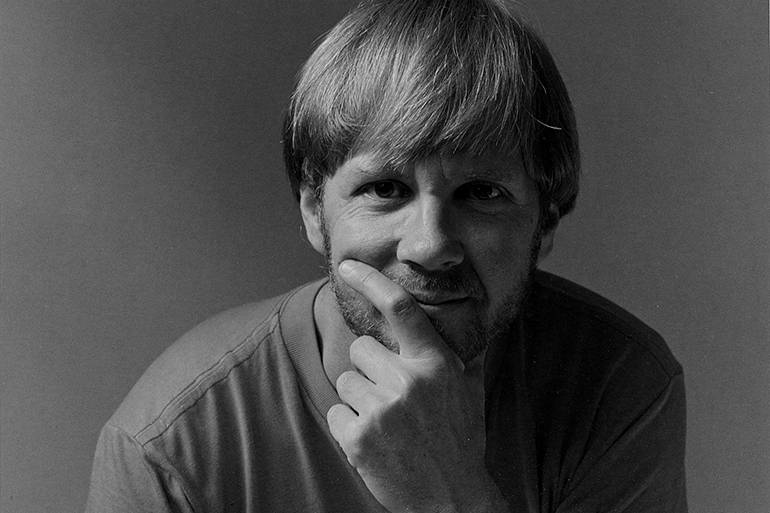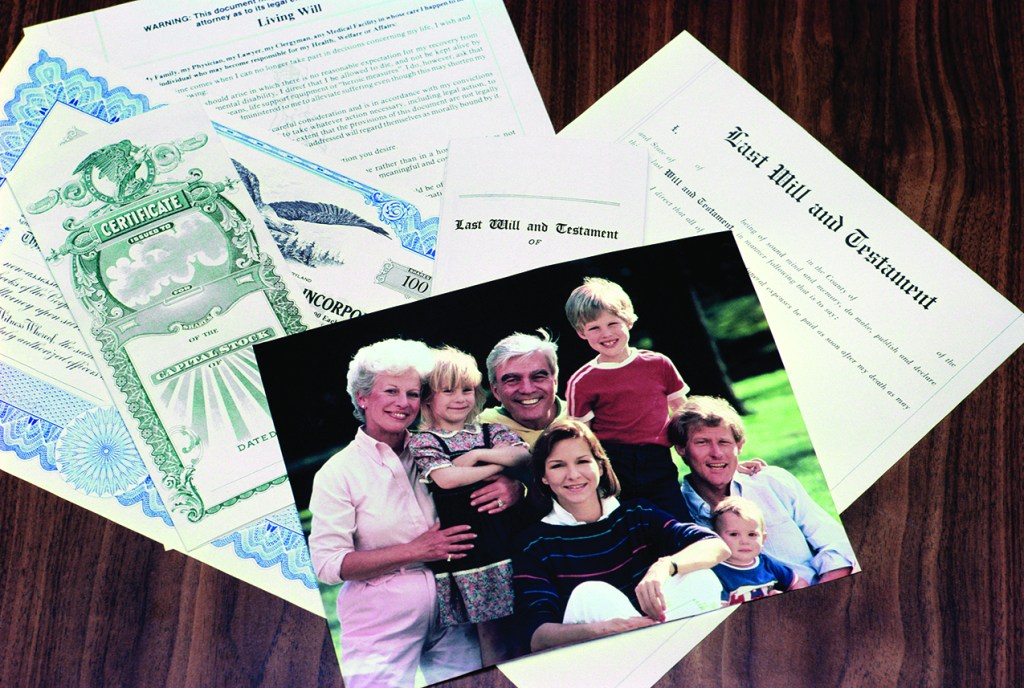East Hampton Library Honors Robert Giard: A Quiet, Powerful, Particular Voice

The Gay Rights Movement has been advanced by countless voices through the decades—from Frank Kameny fighting against discrimination in the military in 1961 to Edie Windsor demanding same-sex marriage equality in 2013. Not every activist, of course, champions Pride marches and Supreme Court cases. “Picturing Activism,” an upcoming panel discussion at East Hampton Library, will examine the role of art as a form of activism, in honor of the library’s September exhibition featuring portraits of LGBT writers by the late East End photographer Robert Giard.

“Picturing Activism” takes place on Sunday, September 8 at 5 p.m. and features photographer Lola Flash, documentarian Carlos Sandoval and photographer Kathryn Szoka. The discussion is moderated by Block/Kolker Center for Spiritual Arts Director Jan Uhrbach.
Born in Connecticut in 1939, Giard settled down in Amagansett with his life partner, Jonathan Silin, an early childhood educator, in 1974. A self-taught photographer and darkroom expert, Giard was enamored with Hamptons landscapes and the boarded-up mansions of the chilling off-season, photographing them in addition to his many portraits and nudes.
Deeply affected by the 1985 Broadway production of the AIDS-centric The Normal Heart, Giard largely shifted his focus to a new project, dubbed Particular Voices, which aimed to capture the faces of gay, lesbian and bisexual writers before they were lost to history. “We were both quite overcome, sitting in a black box theater with the names of people who had died of AIDS up until that point inscribed around the walls of the theater—many of those names we recognized to be people we knew and loved,” Silin remembers.

With Giard’s master’s degree in English literature and his love of reading, LGBT writers were a natural choice for Particular Voices. He started his quest on the East End, taking photos of local writers such as George Stambolian, Edward Albee, Lanford Wilson and Dolores Klaich. Ever-inclusive, he took hundreds of photos of all kinds of writers, well-known and then-unknown—novelists, memoirists, poets, historians, playwrights, journalists—as well as the occasional performer. “I don’t think he turned anyone down,” Silin says. “In Amagansett, our bedside table was piled high with published books and unpublished manuscripts, because he read something, if not all the work, of each person he photographed. Before he went out and photographed them, he read their work, and I think that was critical to the way that he formed relationships with each of the subjects in his photographs.”
Despite a lack of outside funding, Giard expanded Particular Voices to include writers from across the country, traveling via public transportation on his breaks from teaching at Southampton College. “Bob had an iron will. He was fiercely determined against all odds,” Silin says. In 2002, Giard passed away of natural causes on one such excursion, just shy of his 63rd birthday.

When speaking of Giard’s legacy, Sandoval, a close friend of Silin and Giard, says, “Bob did a lot of marching and the like, but he had a quieter voice in terms of documenting—going in and taking these photographs—because he was afraid that it was a vanishing group of people, a generation, and for many, it was. He took what action he could to fight against that erasure.”
“I think the role of Particular Voices has changed over time,” Silin adds. “I think there was a way in which his project helped legitimate people and legitimate what had been a huge flowering of gay literature in the 1970s and ’80s. Looking back now all these years later, it has become very much a way that people understand and view a generation, many of who are long gone.”
Perhaps the impact of Giard’s work can be best summed up by the photographer himself, in an excerpt from his 1997 book Particular Voices: Portraits of Gay and Lesbian Writers: “It is my wish that tomorrow, when a viewer looks into the eyes of the subjects of these pictures, he or she will say in a spirit of wonder, ‘These people were here; like me, they lived and breathed.’ So too will the portraits and the words which accompany them respond, ‘We were here; we existed. This is how we were.’”
“Picturing Activism” takes place on Sunday, September 8 at 5 p.m. at East Hampton Library, 159 Main Street, East Hampton. For more information, visit easthamptonlibrary.org.
For more info about Particular Voices and Robert Giard, visit robertgiardfoundation.org.



